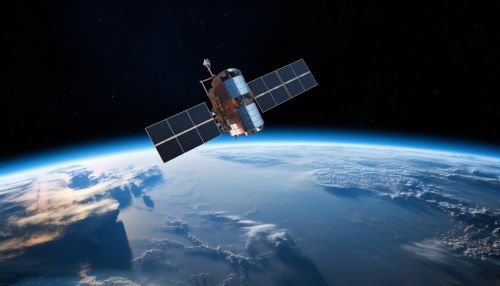Advances in Hyperspectral Imaging for Earth Observation
Introduction
Hyperspectral imaging is a technique that captures and processes information from across the electromagnetic spectrum. Unlike other imaging methods, hyperspectral imaging collects and processes information from many contiguous spectral bands. Consequently, each pixel in the image contains a continuous spectrum, providing detailed information about the scene. This article explores the advances in hyperspectral imaging for Earth observation, discussing the technology, its applications, and future prospects.


Hyperspectral Imaging Technology
Hyperspectral imaging combines spectroscopy and digital imaging techniques. The technology uses a spectrometer to separate light into its spectral components, creating a spectral 'fingerprint' for each pixel in the image. This fingerprint is unique to the materials present in the pixel, allowing for precise identification and analysis.
The development of hyperspectral imaging technology has been driven by advances in sensor technology, data processing algorithms, and computational power. Modern hyperspectral sensors can capture hundreds of spectral bands, providing unprecedented detail and accuracy. Meanwhile, advances in data processing algorithms have improved the speed and efficiency of hyperspectral image analysis.
Applications in Earth Observation
Hyperspectral imaging has a wide range of applications in Earth observation. These include:
- Environmental Monitoring: Hyperspectral imaging can detect subtle changes in the environment, such as shifts in vegetation health or water quality. This makes it a powerful tool for monitoring environmental change and assessing the impact of human activities.
- Agriculture: In agriculture, hyperspectral imaging can be used to monitor crop health, detect disease, and optimize irrigation. The technology can also be used to assess soil health and guide fertilization strategies.
- Geology: Hyperspectral imaging can identify different rock and soil types based on their spectral signatures. This makes it a valuable tool for geological mapping and mineral exploration.
- Climate Change Studies: Hyperspectral imaging can provide detailed information about the Earth's atmosphere, helping scientists to understand and model climate change.
Future Prospects
The future of hyperspectral imaging for Earth observation looks promising. Advances in sensor technology and data processing algorithms are expected to further improve the accuracy and efficiency of hyperspectral imaging. Meanwhile, the increasing availability of hyperspectral data from satellites and airborne platforms is opening up new opportunities for research and application.
One of the key challenges for the future is managing and analyzing the vast amounts of data generated by hyperspectral imaging. This will require further advances in data processing algorithms and computational power. However, with ongoing research and development, hyperspectral imaging is set to play an increasingly important role in Earth observation.
